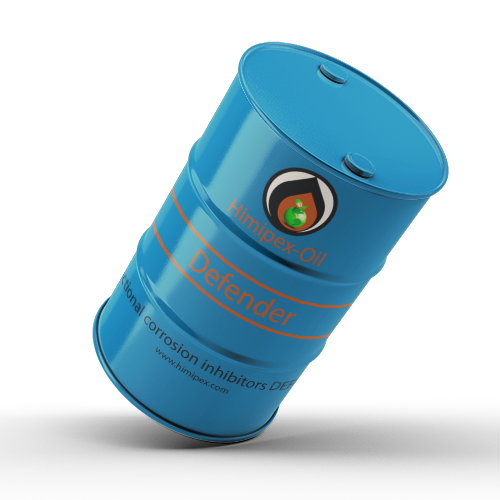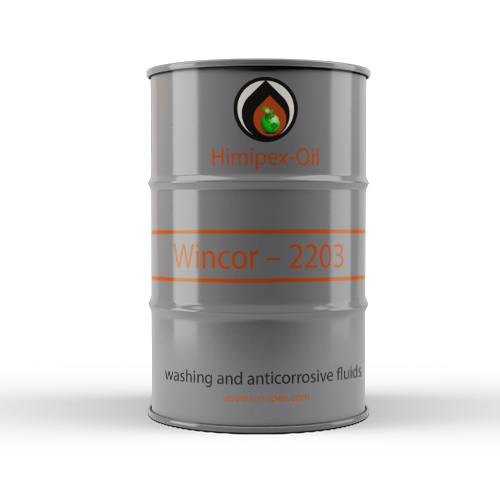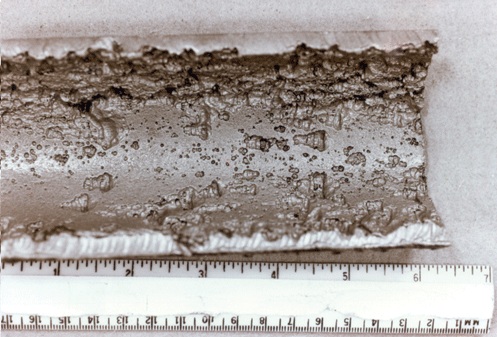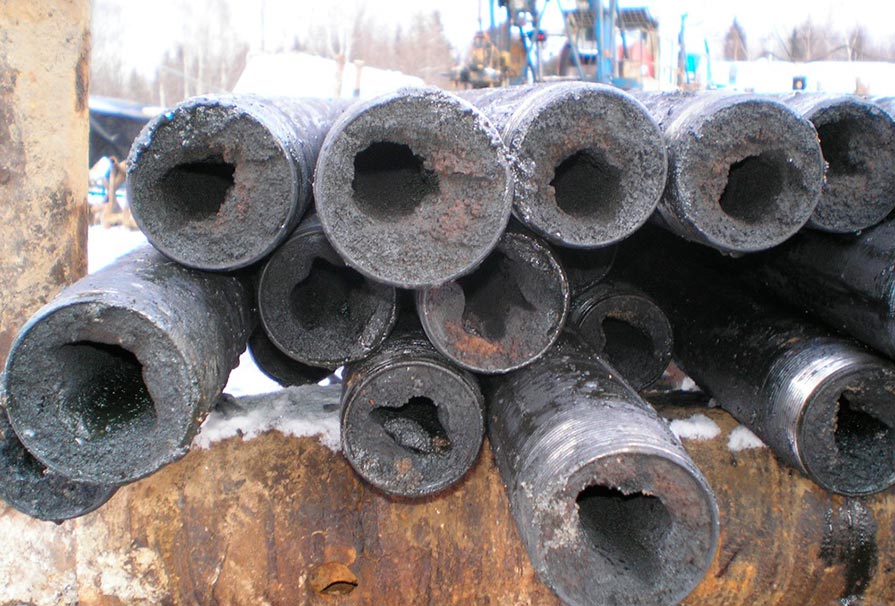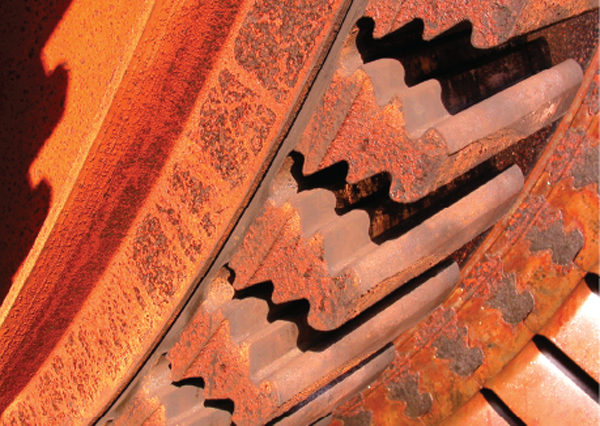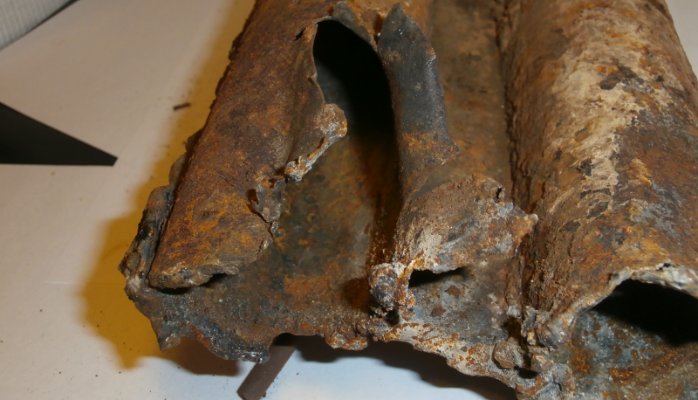Peculiarities of metal equipment protection during the production of sweet hydrocarbon gas
A huge number of explored gas and gas condensate fields exist in many countries all over the world. At present the proved reserves of gas amount to more than 170 billion tons.
One of the reasons preventing these depositsfrom being fully operational lies in the fact that these reserves are located in large fields with CO2 in adverse climatic conditions. So, for example, in Canada the fields with gas and oil contain large quantities of carbon dioxide gas (CO2) that amount to 10–15%, while at individual fields these quantities may reach 90%. The same problem exists at deposits in Asia, for example, in Indonesia the content of CO2 in natural gas may reach 70%.


